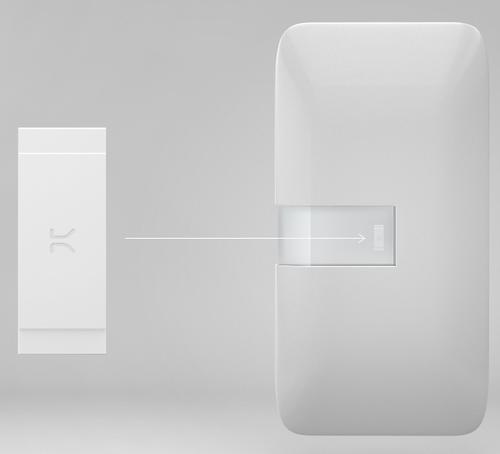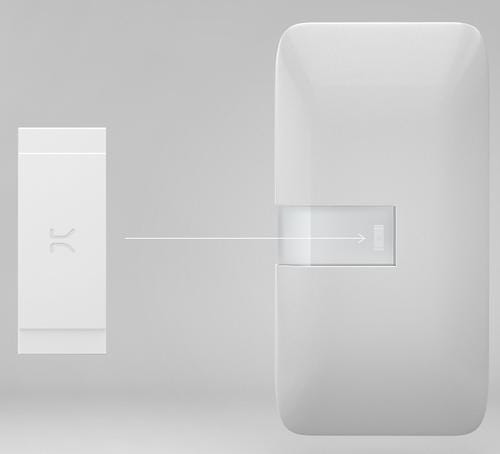Keyssa: 'Kiss Old Connectors Goodbye'
November 19, 2014

Anyone who's ever moved files from a hard drive to a computer has sat patiently waiting for the transfer to complete. But what if this process could be done wirelessly, without having to connect devices with cables, and in seconds?
That's the promise of technology called Kiss Connectivity by startup Keyssa Inc., which has been working secretly for five years to develop it. The company recently unveiled the technology, hailing it as a revolutionary way to transmit large amounts of data and video rapidly between devices in close proximity without putting a big dent in device battery power.
"We expect Kiss Connectivity to disrupt the over $50 billion connector market," Eric Almgren, CEO of Keyssa, told Design News. "We designed Kiss Connectivity to eliminate both the wired and wireless communications constraints, and put it into a tiny flexible form that mobile devices demand, which is fast enough to support all modern wired protocols like USB 3.0, DisplayPort, SATA, PCIe, while remaining cost effective, ultra low power, and fast to implement."

The technology itself is a connector the size of a coffee bean that leverages extremely high frequency (EHF) signals to transmit information using standard protocols. This eliminates any possible interference with RFI and EMI signals, Almgren said. Because of its size, it also can be used in ultra-thin and compact form factors that are becoming more of a trend for devices.
Components designers can mechanically design Kiss Connectivity into a variety of devices -- laptops, smartphones, tablets, or device docks. When devices with the technology are positioned next to each other, they can share data rapidly -- at transfer rates of up to 6 Gbit per second -- by "kissing," Almgren said.
Because there are no wires or ports to worry about, the technology also gives designers more freedom to design sleeker, cable-free devices, he told us.
"The typical mechanical connector needed to move data from one device to another takes up significant space inside form factors," Almgren said. "It requires ports and cables with fragile metal pins that cannot stand up to the rigorous demands of consumers repeatedly plugging and unplugging them, causing wear-and-tear, breakage and ultimately failures. It also needs to be placed near the edge of any device, in order to create a port or contact surface. Kiss Connectivity saves space and frees product designers -- who are currently constrained by today's large, delicate, mechanical connectors -- to create sleeker and more rugged devices."
Keyssa has been working with some undisclosed partners in the mobile and computing industry and several of them are readying prototype devices using Kiss Connectivity connectors. "We are very enthused about the early reception," Almgren said. "It's exciting to see how Kiss Connectivity is sparking innovation and setting product designers free."
Products using the technology should be available in the first half of 2015, he said.
Check out Kiss Connectivity in this video:
Related posts:
About the Author(s)
You May Also Like



